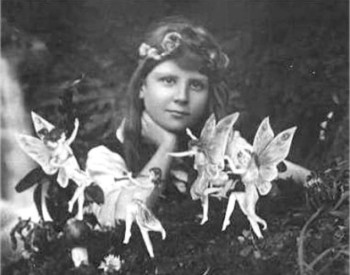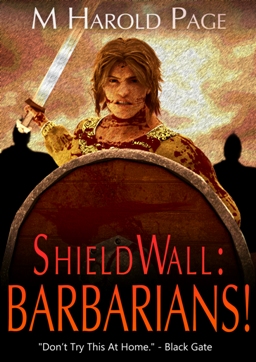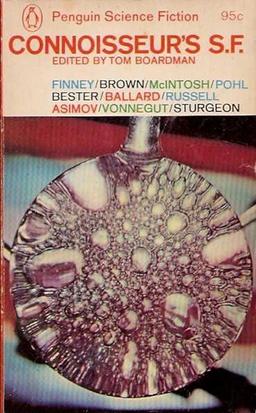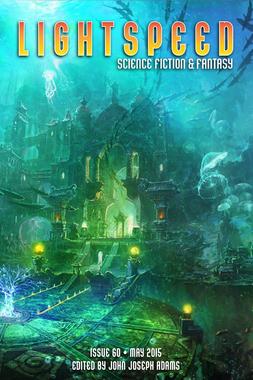May Short Story Roundup
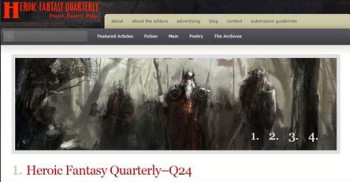 I’m sorry that I let April pass without a short story roundup. The outpouring of new heroic fiction continues unabated on the pages of numerous magazines the genre is lucky to have. I’m back on track and here to tell you about last month’s must-reads.
I’m sorry that I let April pass without a short story roundup. The outpouring of new heroic fiction continues unabated on the pages of numerous magazines the genre is lucky to have. I’m back on track and here to tell you about last month’s must-reads.
I have never left any doubt in my reviews about which is my favorite fantasy magazine, so let me start by singing the praises of Adrian Simmons and his cohorts at Heroic Fantasy Quarterly. Each issue has terrific cover art, two or three stories and a number of poems, and in the three years I’ve been reading and reviewing the magazine it has always been at least satisfactory and usually splendid. What makes HFQ so strong is the editors’ love for and knowledge of the genre, which is obvious by their singular ability to select and edit stories. Always true to the traditions of heroic fiction, they yet manage to publish tales that push the genre in new directions.
Issue 24 is maybe their best yet. This quarter’s artwork is a dark, brooding piece titled “Wizard With Army” by Vuk Kostic. Click this link to see the painting in its full glory.
The issue opens with Cullen Groves’ first published story, “The Madness of the Mansa,” a tale of a capricious monarch with a peculiar penchant for poetry.
Following a night in which “a great storm arose over the western ocean, and many citizens and sailors in the port of Asongai told how they had seen the demons of madness walking the black winds in the darkness.”, the ruler, the Mansa, is struck by a curious madness. From that point on he allows people to address him only poetically, using “the old meters” of songs and legends.
In the wake of the Mansa’s madness, the merchants of Asongai find themselves unable to successfully compete for his attention against the skilled singers of his tribal subjects. When a merchant named Bukra overhears the ex-gladiator, Draba, singing in a tavern, he hires him to petition the Mansa on his behalf.
